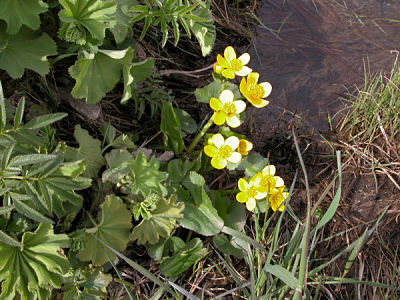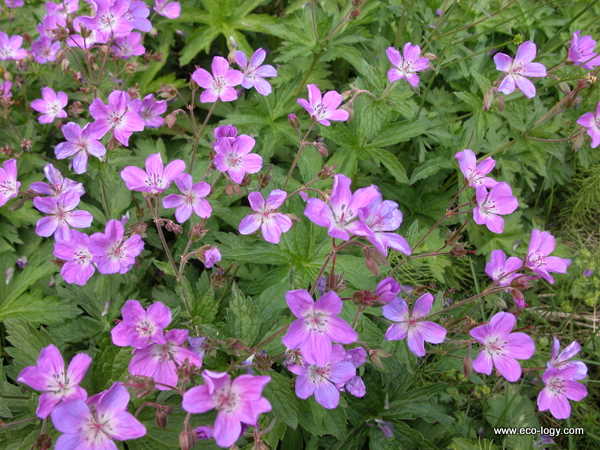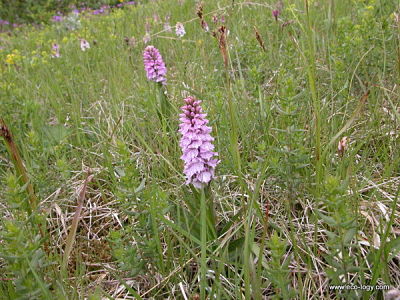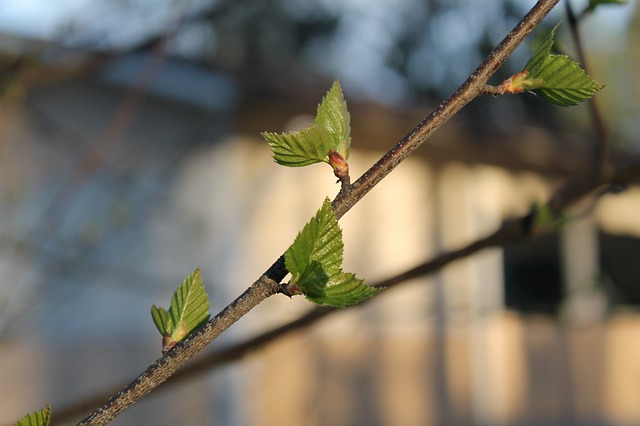Know your tropical fruit
Similar to other fruit, tropical fruit may be either sweet or savoury. Good examples are bananas and plantains, both are important staples for people in tropical countries, as well as a source of income. Bananas and plantains belong to the genera Musa and Ensete (family Musaceae). The Musaceae are native to Southeast Asia and have some African native species as well. Interestingly, Musa species are the largest perennial non-woody plants on Earth. Plantains are usually cooked or baked before consumption, whereas bananas are the sweet dessert fruit well know to most of us. There are many different cultivars available with a wide variation of fruit type and quality. However, all require warm weather, full sun and moist but well drained soil for good growth and fruit production. Bananas and plantains are among the most important food plants in the tropics, whether in Southeast Asia, Africa or South and Central America, but are most heavily exported from Central America.
In many developing countries fruit have great importance as food crops. Both mango and papaya are fine examples of fruit with much nutritional and culinary value. Mango trees (Mangifera indicaca) are large flower-producing trees in the Cashew family (Anacardiaceae). The Mango trees are native to Southeast Asia and India, where there is also much production of cultivated fruit. Outside the tropics, mangoes are now cultivated in subtropical and Mediterranean climates. The mango fruit is sweet and fleshy, and can be eaten fresh or prepared in various ways, for example, as mango chutneys. The Mango trees are tough and quite easy to grow in warm climates.
However, Papaya tree (Carica papaya) can only be grown in tropical climates. Given the right conditions, this fruit tree grows rapidly from seed to tree, and the tree then produces a yellow or orange fruit. The fruit of the Papaya tree is a large berry, the papaya, with many seeds surrounded by fruit flesh. The papaya is consumed as a fresh fruit and fruit jam or as a boiled vegetable using the unripe fruit. The Papaya tree is indigenous to southern Mexico, Central and South America, and is rather short-lived while growing well in full sun and good drainage.
The Granadilla (Passiflora edulis) is a large woody vine belonging to the family of Passion Flowers (Passifloraceae) and native to South America. The Granadilla produces white flowers that after fertilization develop into a sweet and juicy fruit, the passion fruit. The passion fruit is a rich source of antioxidants, essential minerals and vitamins, as well as dietary fibre. The fruit is purple or yellow on the outside, with a juicy pulp on the inside. The natural fruit juice is very aromatic. The fruit is very sweet, and best enjoyed as a fresh, ripe fruit or as a sweet liquid, jelly or dessert. The Granadilla is widely grown in tropical and warm climates around the globe, and is consequently an invasive species in certain places such as Hawaii and New Zealand where natural enemies are lacking. There are many other species of Passion Flowers that produce edible fruit, the most important of these being the fruit of the Giant Granadilla (P. quadrangularis).
People living in the tropics can buy fresh or dried fruit in their local food market, and sometimes even handpick fruit from local trees. However, tropical fruit is often transported a long distance to reach foreign markets. Nowadays, there is an increased variety of fresh tropical fruit available in western supermarkets. Even as far north as Iceland, fresh mangoes have recently become available in local markets. Whereas, imported bananas have been a part of our diet for decades and some bananas are even grown here in geothermal greenhouses. Most importantly, wherever you live in the world, eat plenty of fruit!



Fáðu nýjustu fréttir og tilboð frá Þund!
Get updates and special offers from Thund!











